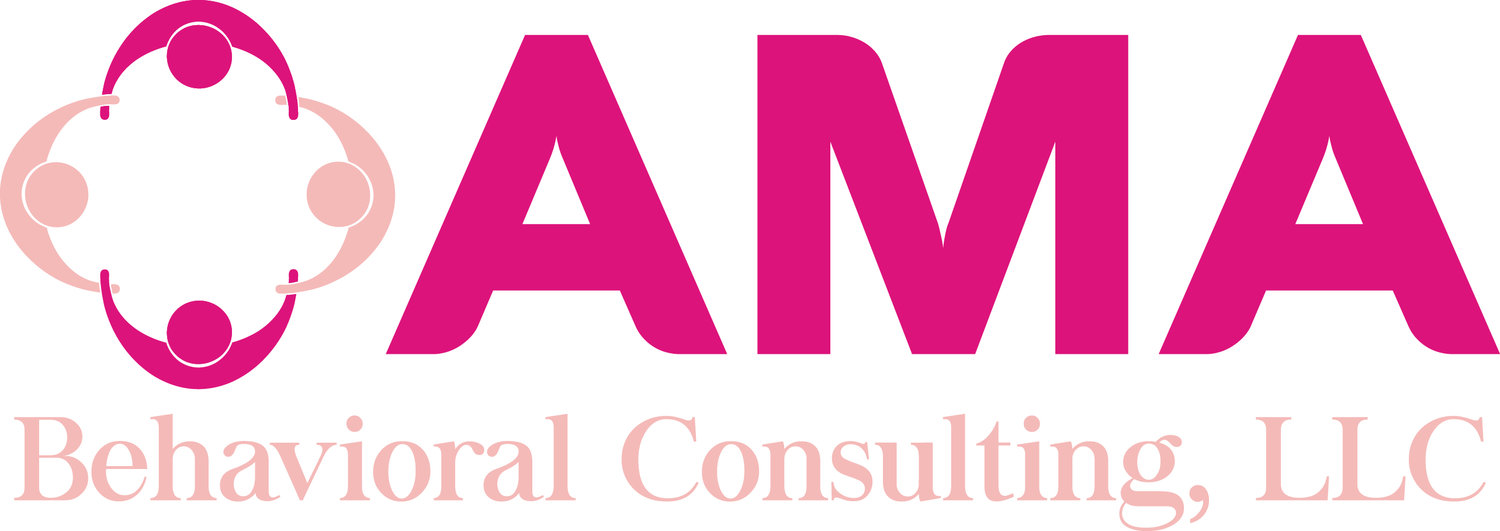Behavior: The Good, The Bad, and the Ugly
/Read Time: 5 Minutes
As described by Cooper, Heron and Heward (2007), behavior is anything an organism does and their effect on their environment. The saying goes “If a dead man can do it, then it is not behavior.”
As adults, we engage in different types of behaviors for different outcomes:
If I call my doctor’s office → they will schedule my appointment
If I pay someone to take a test for me → I don’t have to study
If I get a massage → it will make me feel relaxed
If I continue to call my ex-boyfriend → he will eventually pick up
Kids do the same thing:
If I ask for a cookie nicely → I will get the cookie
If I scream → I won’t have to do my homework
If I spin quickly → my head feels funny
If I scream for my mom when she’s on the phone → she will hang up
What do these scenarios have in common? A behavior usually has 3 things in common: an antecedent (something that happens before the behavior), the behavior itself, and the consequence (what happens after the behavior).
Why do these behaviors occur? Adult or child, usually our behavior occurs for one or combined reasons. The first reason is to get access to attention. This may be positive or negative attention but in the end we classify it all as attention. A child who constantly yells “mom” while she’s on the phone has learned that by calling her name, she will provide the attention he/she desires. The second reason that could be behind a behavior is to escape from a task. In the example above, the child has learned that by screaming, he/she will eventually get out of doing their homework. The third reason a behavior may occur is to gain access to items. We often see this example on the playground. A child may learn that if they push another child, the child will give them their turn or toy. The last reason a behavior may occur is because it simply feels good. My favorite example is of myself! Whenever I begin to get nervous, I begin to twirl my curls with my fingers because it feels calming to me.
Why do these behaviors continue to occur? These behaviors continue to occur if they result in the same desired outcomes. For example, if the mom no longer acknowledges the screaming child when she’s on the phone, he/she will attempt other behaviors to gain her attention. If a child no longer gets his way from pushing his peers, this behavior will decrease.
Our following blog will review how to teach appropriate behaviors while working on decreasing undesired behaviors!
Resources:
Cooper J.O, Heron T.E, Heward W.L. Applied behavior analysis (2nd ed.) Upper Saddle River, NJ: Pearson; 2007.

